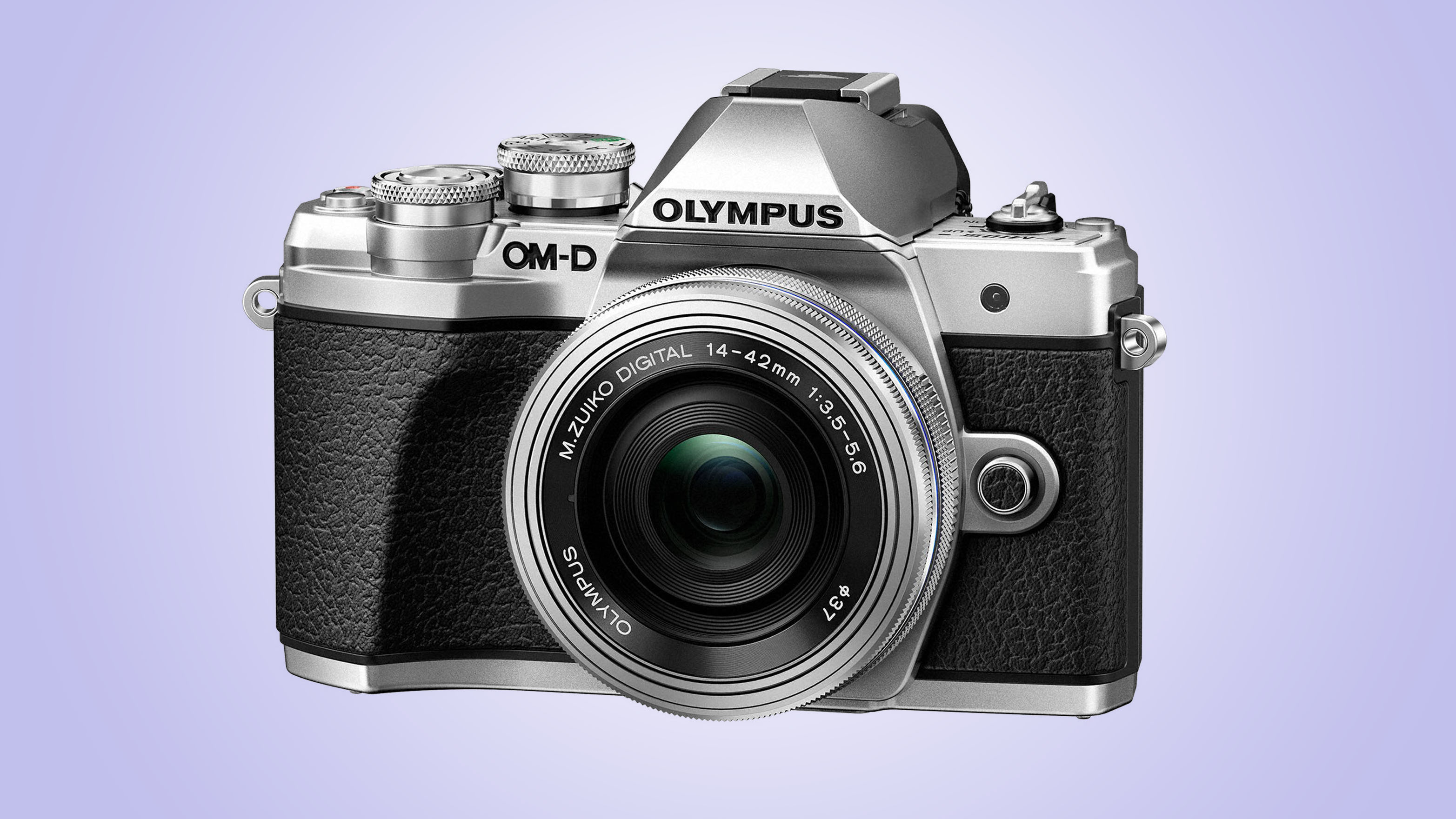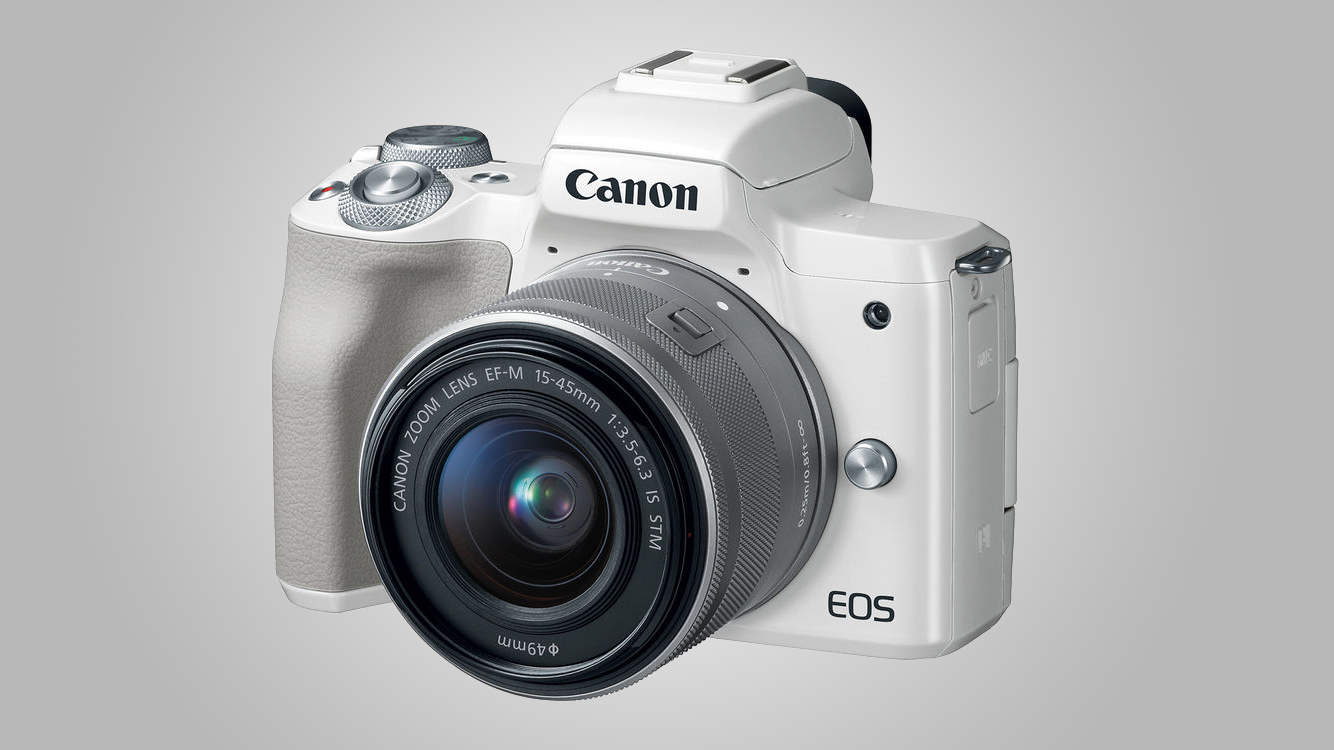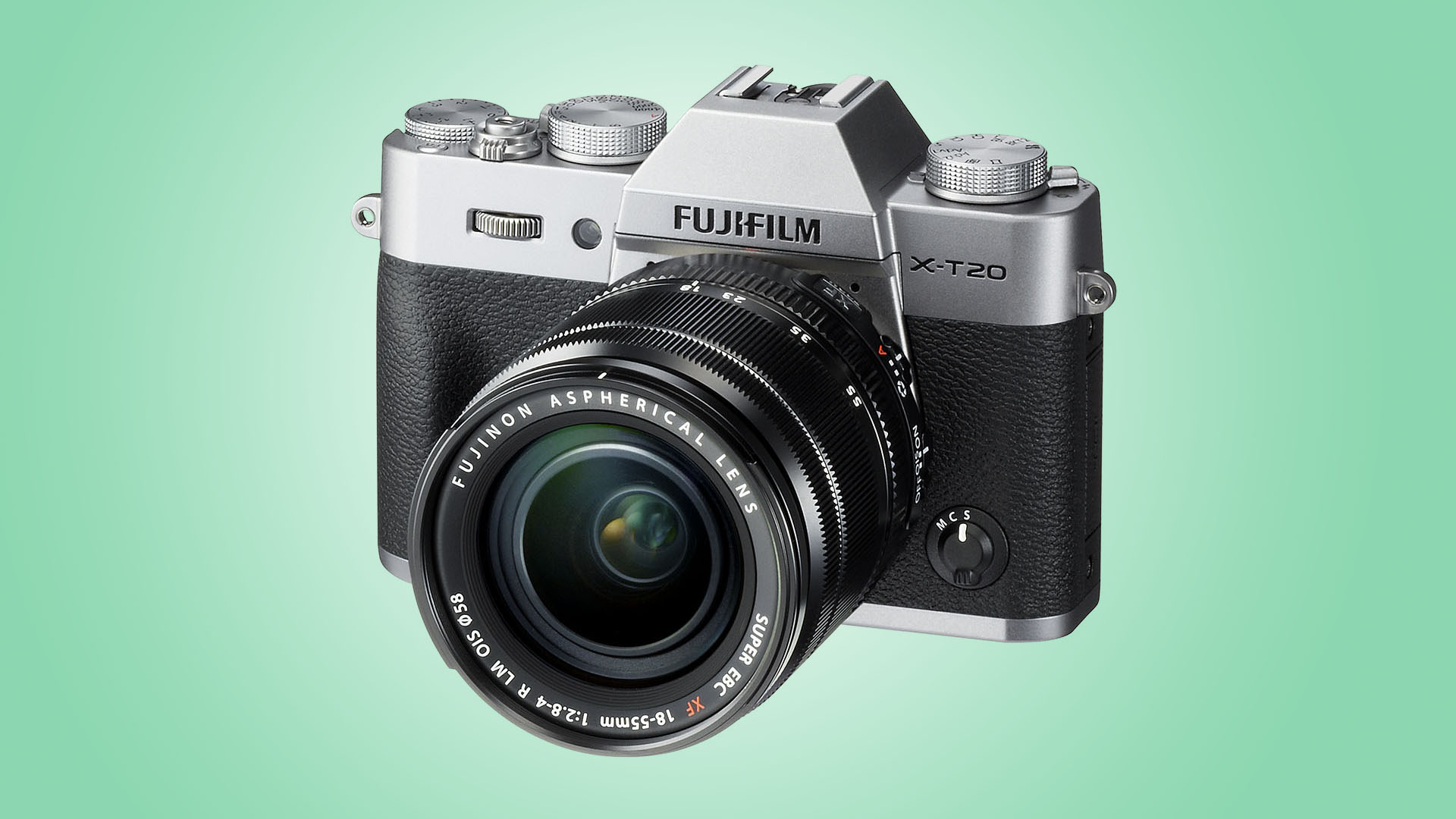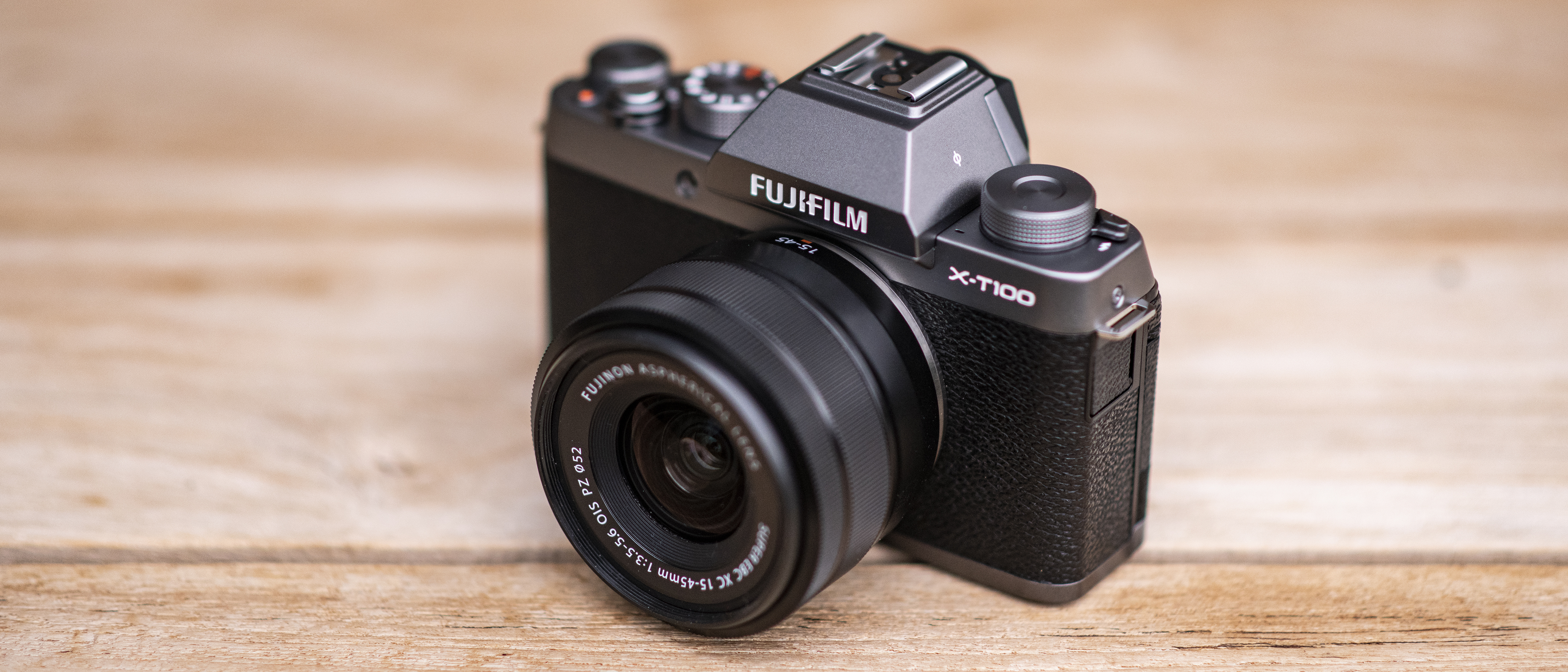Why you can trust TechRadar
Verdict
While the absence of an X Trans sensor on the Fujifilm X-T100 is a little disappointing, the reality is that this has allowed Fujifilm to price the camera a little more aggressively. It's also fair to say that for most photographers the difference will be negligible, with the X-T100 delivering some of the best results you'll see from an entry-level mirrorless camera.
It's disappointing to see 4K video capture capped at 15fps, though, while focusing speeds can be a little bit slow on occasion.
However, the fit and finish are very good, and if you have the optional grip screwed in the X-T100 is nice and comfy in the hand. The controls aren't intimidating, which should enable novice users to be up and shooting in no time, while there are enough advanced controls and features to keep users interested as they become more accomplished.
If you're not sure whether to save your cash and get an X-A5 instead, we'd recommend getting the X-T100 for the extra outlay if you can. It might be a bit larger, but you won't regret the addition of the built-in viewfinder, while the tactile finish and other little extras make this a much better option.
While it hasn't quite blown us away like some of Fujifilm's higher-end X Series cameras have, the stylish X-T100 gets a lot of things right, and is a great choice if you're looking for your first mirrorless camera.
Competition

Olympus OM-D E-M10 Mark III
The OM-D E-M10 Mark III's Micro Four Thirds sensor is a little smaller than the APS-C sensors used by rival manufacturers, and is just 16MP rather than the usual 24MP; however, you’re not likely to notice the difference in megapixels in real-world shooting. What you will notice is this camera’s great build quality and finish, and its responsiveness and handling.
Read our in-depth Olympus OM-D E-M10 Mark III

Canon EOS M50
The EOS M50 could be Canon’s most important EOS M model yet, offering a viewfinder and a host of other tempting features, including 4K video, at a far more beginner-friendly price than we've seen before from Canon. It’s not perfect – the 4K video mode doesn’t use the full frame, and the camera does have a somewhat plasticky feel – but it’s still a good camera.
Read our in-depth Canon EOS M50 review

Fujifilm X-T20
The next rung up the Fujifilm ladder for those after a DSLR-style mirrorless camera, the X-T20 has the advantage of Fujifilm's X-Trans sensor tech and a more sophisticated focusing system. It's probably not quite as accessible for new users, but it should still be pretty easy to get to grips with.
Read our in-depth Fujifilm X-T20 review
Phil Hall is an experienced writer and editor having worked on some of the largest photography magazines in the UK, and now edit the photography channel of TechRadar, the UK's biggest tech website and one of the largest in the world. He has also worked on numerous commercial projects, including working with manufacturers like Nikon and Fujifilm on bespoke printed and online camera guides, as well as writing technique blogs and copy for the John Lewis Technology guide.

